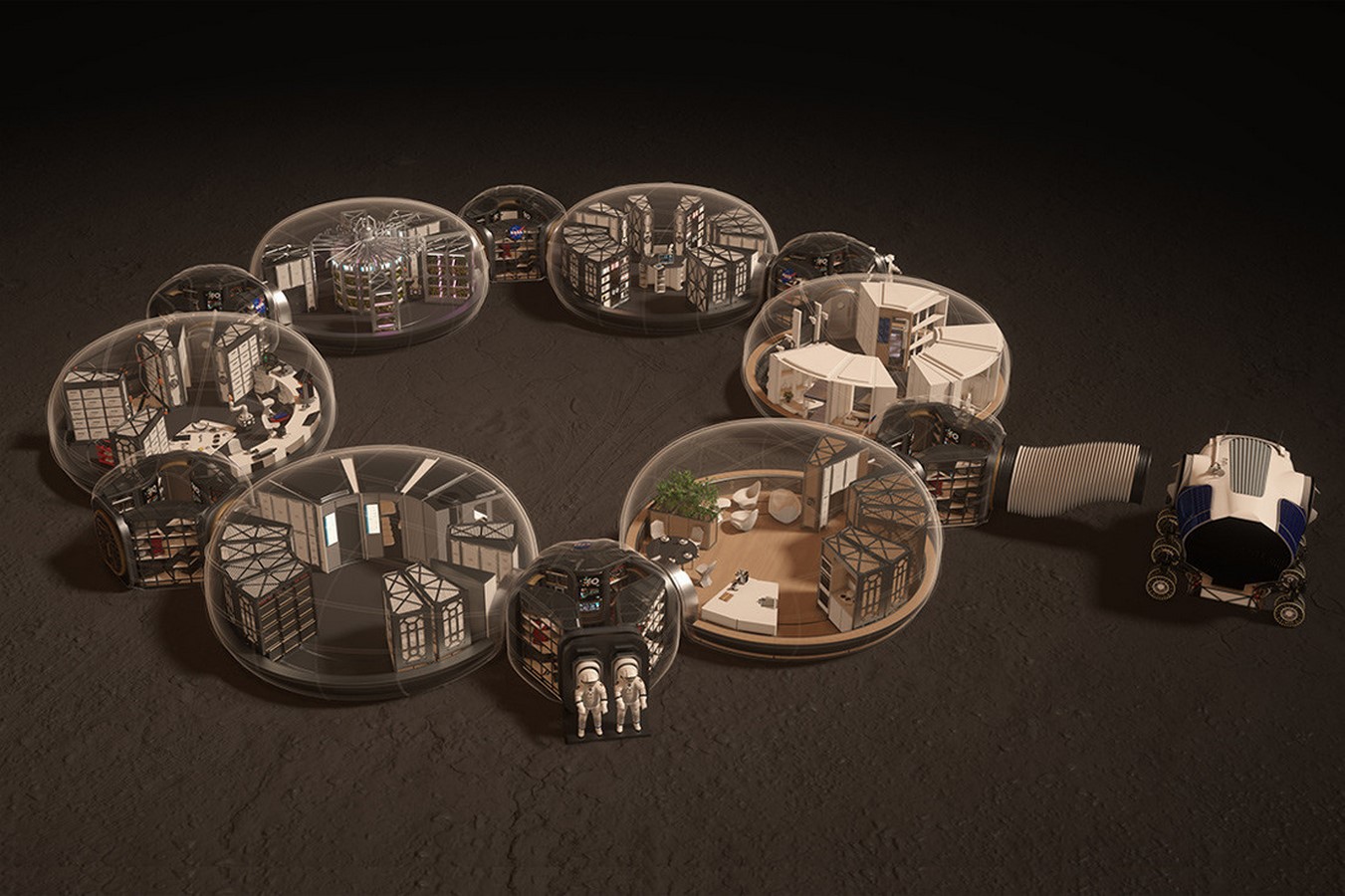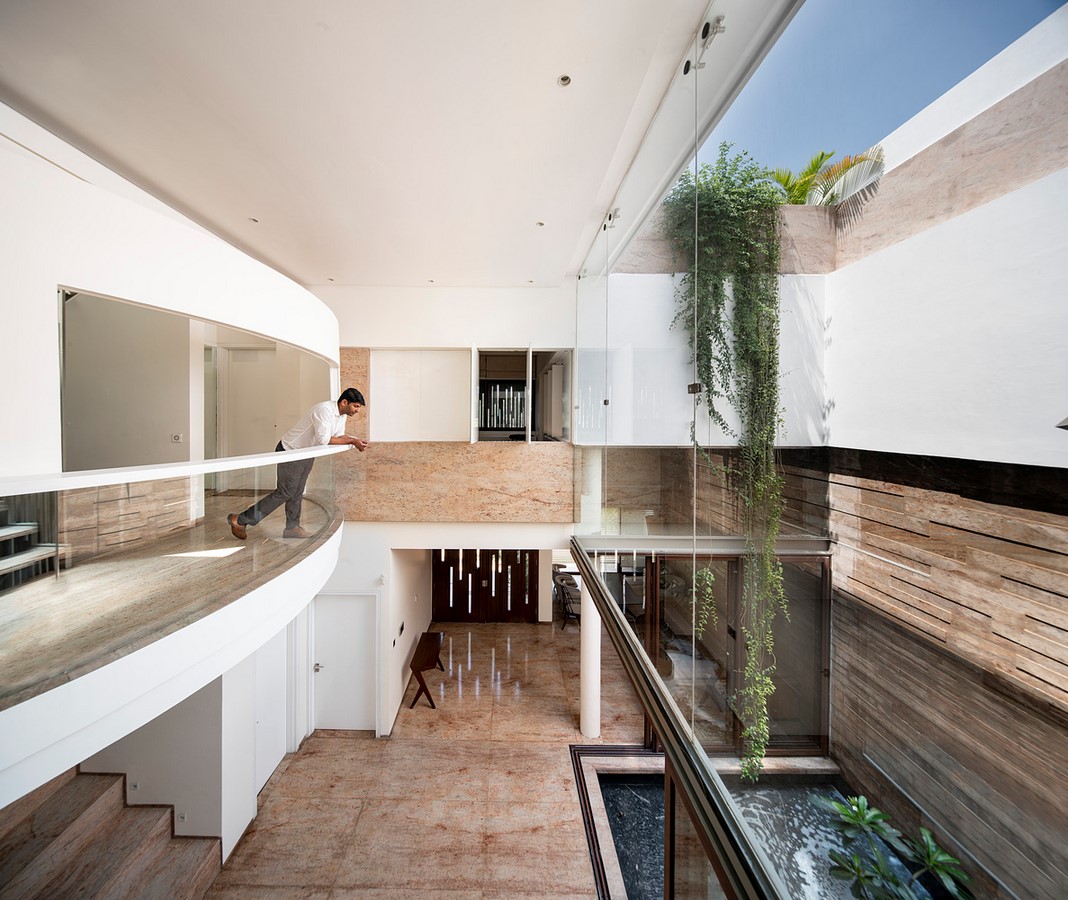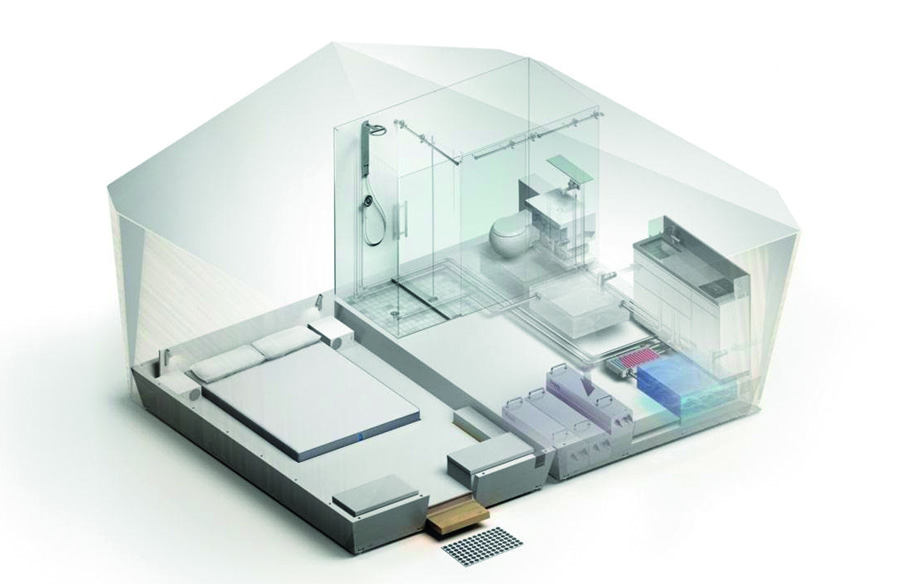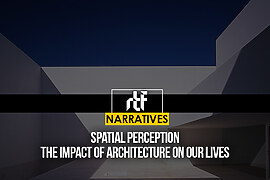When architects build, what they build, they narrate a story. In the making of plans, sections, and colorful rendered images emerge narratives that lead to a story. What form that story will take, depends on the typology of architecture and the personal narrative of the client but there is nonetheless a story to be told and a story to be heard. Architects are storytellers looking to the future and whether we like it or not our stories leave a message for the public.
Storytelling and Architectural Narratives | Looking To the Future
Architects are able to bank on different architectural narratives to tell different stories. Some of them stem from individual design practices while others grow from contextual grounds of local design philosophy, historical periods, geographical location, and contemporary trends. Along with these narratives, stories are shaped that give character and meaning to built space and establish connections between the passerby, the inhabitant, and the built environment.
With an eye towards the future, contemporary trends in architecture and, dynamically evolving narratives of what architecture means to the public, our stories are also changing. Stories ranging from the environment and its effect on architecture to the usage of public space are slowly awakening to a new dawn. Architects are being looked upon to build spaces that envision a sustainable narrative while also looking at the future possibility of colonizing Mars.

Environmentally Conscience Architectural Narratives
Sustainable architecture has become a visually and theoretically abused term in architectural and construction circles. Though in some cases the term seems to hang on to threads of green hope, buildings built in isolation cause tremendous damage to the environment. These are stories that do not give a good message. These are stories of tragedy.
Fortunately, as architects, the community is growing under pressure to deliver more sustainable and biophilic built spaces. Storytelling is expanding to incorporate nature and sustainable means of construction. For some of the best stories one only has to take a look at the narratives found in the architectural style in Singapore and Malaysia.

Tropical architecture, much prevalent and widely practised in Southeast Asia and Sri Lanka, is being brought in as a storyline in Indian methods of design. Design practices in Gujarat, Maharashtra, and Kerala are now using narratives and contextualizing to tell a story that becomes a local statement.
Architectural narratives will perhaps grow more sustainable because architects are using different stories in an attempt to narrate a better response to climatic and geographical conditions.

A Story of Demolition and A Story of Restoration
While architects have been primarily tasked with building new spaces, landscapes, and environments that has presented a problem over time. What happens to built spaces that have been abandoned? They are usually demolished and new spaces constructed in their stead. This is now being questioned. Architect Fernández Langenegger says, “In a society used to destroying rather than preserving or transforming, this change of mentality entails a double challenge for architects since the recycling of spaces implies not only conservation and renovation work, based on respect for tradition, but also adding new value to buildings and adapting them to contemporary needs”.
Narratives spanning the course of environmental and population housing challenges have chalked out a new story. Architects are now being led to use old and dilapidated spaces and find a new purpose program for them. Old warehouses are repurposed to new co-living quarters and abandoned barns to new residential. New narratives are formed and new stories are being told. In fact, stories are being layered upon each other. Storytelling once again enables us to see things from a different perspective.
In Vietnam, the answer to solving a rising housing crisis has been adaptive restoration. Architects have been restoring older houses and repurposing old structures to suit the needs of the growing society. These newer narratives have in turn given a new meaning to their public spaces which are now being recognized worldwide. With every story of restoration being different in its intrinsic characterization, instead of having a repetition of sorts, the streets have different stories to tell.

Narratives of Artificial Intelligence and Built Spaces
Artificial Intelligence has been a topic of wonder and mystery with people calling it either an ill omen or a boon for society. The movie, Metropolis (1927) by Fritz Lang seems to capture, in monochrome, a society divided between the city planners and the working class. Tensions flare and a dystopian drama unfolds. Leaving the script of the movie aside one could only wonder how cities of the future would look like. Yet with Artificial Intelligence developments in full swing now, the reality of a society functioning through an artificial brain doesn’t seem too far-fetched.

Architects are once again able to borrow narratives from movies and novels about futuristic cities and societies. Automated machines, automated productions, and digital systems developing buildings based on patterns and pre-recorded data. Think BIM software with a brain of its own. Our stories will change drastically, with every bit of information giving way to new and complex building realities.
Architectural engineering and methods of construction open up vast realms of architectural possibilities. Narratives will no longer be restricted to pieces of empty land but might be able to span across the depths of the seas and the skies. Working with an intelligent system coded to respond to human behaviour and patterns would allow a humanistic and technologically driven narrative to coincide.
With the population growing at a fast rate and our public spaces being turned into dwelling units, architects are also turning their narratives to build societies in vertical units. One look at Singapore’s unique building style will show stories that are visually different. Repetitive dwelling units with green spaces layered vertically and interacting with horizontal layers of green spaces show the powerful tool of BIM construction.

Storytelling and the Future of Architecture | Looking To the Future
Storytelling has and will continue to help architects grow with the times. We borrow narratives from films, books, and nature and while we build for today, our architecture is already looking towards the future. As our processes become digital, involving artificial intelligence and codified construction methods, architecture will evolve to tell new stories with narratives that will be drastically different from the present ones.



















